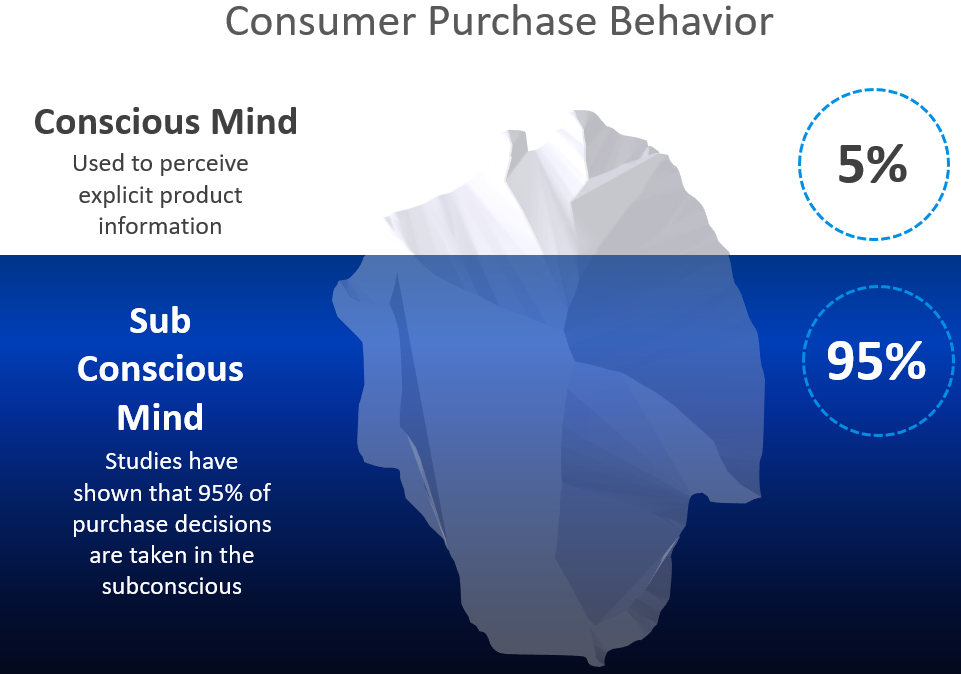Pretty much everyone has heard the proverb ‘Eyes are windows to the soul’. But nobody would have expected back then that they could also lead us to reveal secrets of how people decide to buy anything. It’s a commonly known fact that 95% of purchase decisions happen in subconscious.

Since most of it happens somewhere that we cannot even see, marketers have come up with different ways to track down the path that customers travel to reach their destination. From surveys and feedback forms to heat maps, they have been trying to track the user behavior to know more about what makes customers choose one product over another. You can have the most loyal customer and even then they may not be able to tell everything about their decision. It’s not because they don’t want to or they’re being dishonest, it’s because sometimes they’re not even conscious of their own behavior. This is why we need something that can create a roadmap to spot how customers are moving on every step of their journey.
It would be incredible if you had a way to quickly watch how your customers engage with different products, apps and websites. This is where eye-tracking and virtual reality make a killer combination that can lay down the entire customer buying decision visually in front of you. Just recently a project was launched by Accenture, Kellogg’s and Qualcomm that paired Extended Reality (XR) with eye-tracking technology. The aim was to watch the customer behavior, what pulls their attention and how they reach their decision.
“Once we have identified the big solution areas – the specific areas where we think the value chain might have some challenges – then we create some offerings that package up platforms and services needed to create a solution for our clients. One of the value chain areas that we have identified was merchandising, [which] is the art of figuring out optimum placement in a store, on a shelf to make sales for both retailers and brands.”
~ Raffaella Camera, Accenture
This project revealed that using eye-tracking allowed them to collect a raft of data about what made people choose their products. They discovered that total sales for the brand were boosted by 18% because of the products that surrounded theirs. With the help of XR, they could see when a certain customer was picking up a product and placing it in his basket, and how they got to that point. It provided a complete roadmap of where they had looked before, which aisles and products they had crossed and what else they did up till the part where they put it in their cart. The alternative to XR, in traditional media, would be to stop the test after every few minutes and interrupt participants to ask them what they’ve been doing. This would be very intrusive for the customers, to say the least.
Although it shows clear advantages in merchandising, eye-tracking and VR seem to hold a lot of potential for marketers in general. It can even be used in apps where you want to show a product or an experience to people in particular situations. Currently, there’s no way to collect any kind of subconscious data or to analyze it, by using the immersive technology with eye-tracking technology there’s a chance that it can become possible.
